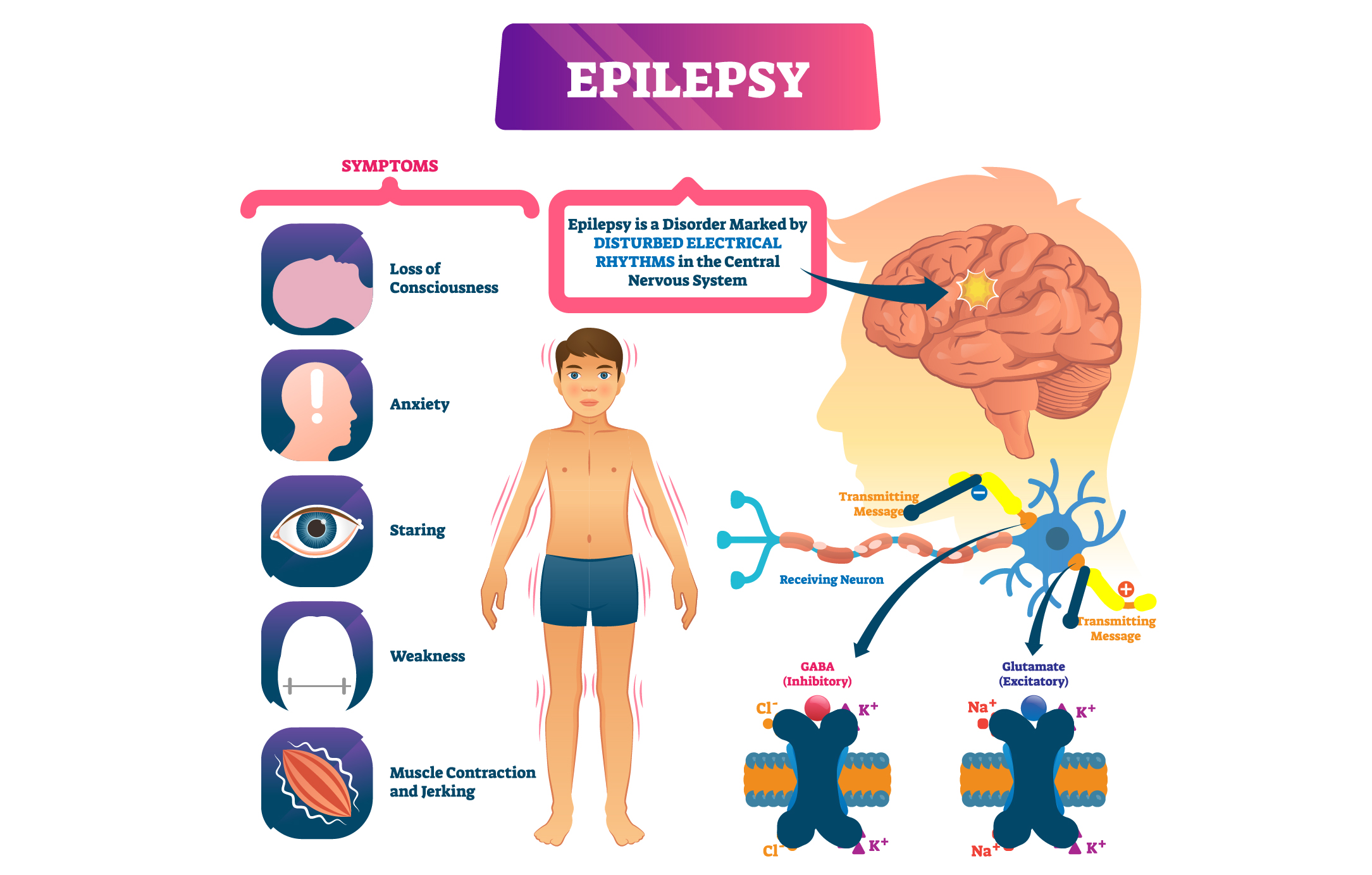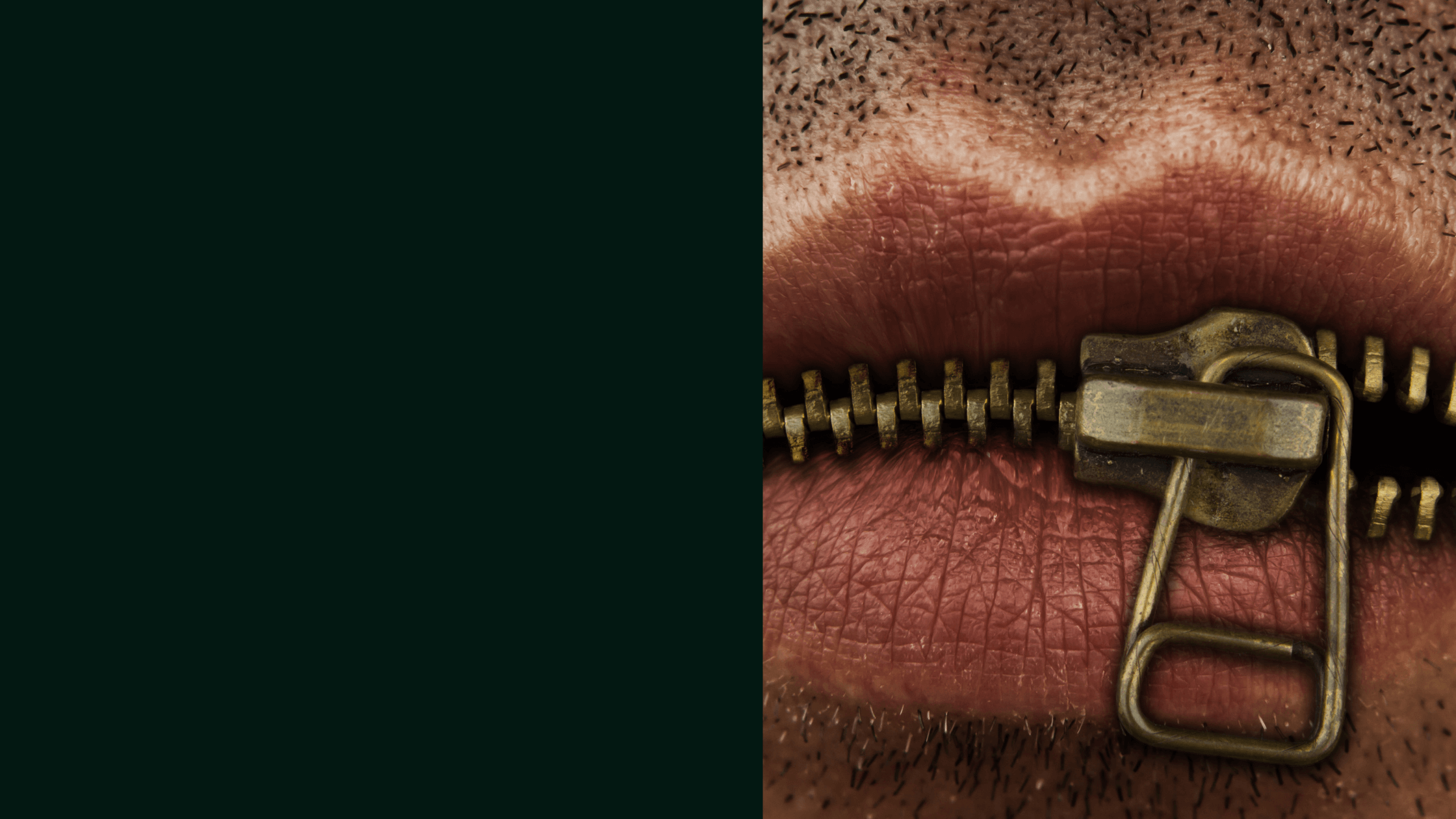Epilepsy commonly known as fits (also known as seizure), is one of the most common (almost 70 million people suffers worldwide) and old disease. Its full description even available in the literature of the oldest (400BC) system of medicine in the world. This is a very unique disorder, as its occurrence or recurrence is highly unpredictable. In Ayurveda it is known as Apasmara: Apa, meaning negation or loss of; Smara, meaning recollection or consciousness. Hence, during the early stage of civilization, epilepsy was attributed to the temporary loss of soul from the body. People used to think, spirit possession is the reason of getting fits. It is considered as curse, so, people with epilepsy were feared and subjected to social stigma, cast out of communities or punished for their seizure and tried to cure them based on their religious procedure.
It is really very unfortunate that in even 21st century, in spite of so much of advancement in medical diagnosis and treatment, literacy percentage and awareness increased among general public, still the mental block towards this disease exist, not only with villagers but also among well-educated urban class of people. Still people consider this as a curse, marriages are broken if the bride had experienced an episode and doesn’t consolidate the fact that it is her first time or may be last time. People feel uncomfortable to talk about it in public because of the fear of social exclusion as a result of negative attitudes of others towards people with epilepsy.
So, they try to hide their history while going for new relationship. Kids feel insecure in school and colleges, in spite being super talented, they denied to be part of many activities, like sports, etc sometimes they themselves prefer to stay alone run away from all activities because of the tension at the back of their mind: What if, they get an attack? How people will react? Will anyone consider them as friend? Everyone might laugh! Regrettably, till date if in public place someone gets attack (as epilepsy resulting from the unpredictability of seizure) then viewers, instead of helping the person, they prefer to take photos and videos to upload in social media, unknown to the fact that, it may happen to anyone, any time, in any age and even to them. Still a group of people think, it is the punishment from God for their bad karma in this birth or previous birth, some categories uses this as their business by saying God possession and can narrate future of anyone.

In Ayurveda it is known as Apasmara: Apa, meaning negation or loss of Smara, meaning recollection or consciousness.
Causes of Epilepsy
In this article, the causes of epilepsy, some prevention tips and how to help a person when they are undergoing an attack has been focussed. The causes of epilepsy mainly classified as genetic (idiopathic), unknown (cryptogenic), and symptomatic. Symptomatic again subdivided as infectious and non- infectious as shown below. Seizure are the sequel of many infections. Malnutrition, poor personal and environmental hygiene, and overcrowding are contributing factors which lower the immunity system and provide ample breeding ground for infective agents, particularly among lower socioeconomic groups in developing nations. Malaria, neurocysticercosis and HIV infection with its accompanying opportunistic infections can present as seizures or result in epilepsy as sequelae to the acute condition.
The precaution for infectious causes may not possible but precaution can be taken to prevent in case of non-infective caused seizure. For genetic factors, the most important component is the high prevalence of consanguineous marriages. In medical research, consanguineous marriage is defined as marriage with a person who is biologically related as second cousin or closer. Clinical studies in Asia have shown a significantly higher rate of consanguinity among parents and family members of epilepsy patients for both cryptogenic and idiopathic epilepsies. This type of marriages not only increase risk of epilepsy but it causes many other diseases like diabetes, asthma etc., and can be avoided easily.
The second cause in this category is traumatic brain injuries, where head trauma, head injury and stroke are leading causes of epilepsy . With the recent rapid economic development in many of the developing countries, there is a rapid increase in the traffic volume, often accompanied by a lag in the proper traffic regulatory systems, with a resultant dramatic increase in traumatic brain injury(TBI) occurrence. Head injury due to accidents very common in two wheelers without helmet, is one of the leading causes of epilepsy. So, wearing seatbelt in case of 4 wheelers, helmet in case of two wheelers, not getting hyper in traffic jams can help to a certain extend to avoid TBI.
The third cause is perinatal trauma including intrauterine infection, birth asphyxia and postnatal problems such as hypoglycaemia, head injury, meningitis and haemorrhagic disease of the new- born are the risk factors in childhood epilepsies. Proper care of mother and following certain restrictions (like stop smoking, avoid consumption of alcohol, eating healthy foods, taking proper timely medicines for pre-existing disease, etc.,) during pregnancy and taking care of both mother and child after delivery can control this type to a certain extend.
The fourth cause is cerebrovascular diseases, which is likely related to continuing aging population, and a high prevalence of smoking and hypertension. Young stroke is relatively more common in the non-Western population and in addition to that, some infection-related strokes such as tuberculosis, bacterial endocarditis, pregnancy related stroke such as cerebral venous thrombosis, may be more common.
The fifth cause is heavy consumption of alcohol, which leads to a higher incidence of alcohol related seizures such as alcohol withdrawal seizures and posttraumatic epilepsy. The sixth cause is external stimulus which is known as reflex epilepsies. Light, reading, some kind of music, some eatable, some visuals, some frequencies provoke this type. A few reflex epilepsies were specific to (e.g. Pokemon epilepsy in Japan) or predominant (e.g. hot water epilepsy in India). Several tests indicated that Pokemon-related symptoms are both pattern sensitive as well as photic (chromatic) sensitive. In this pandemic situation all over the world, kids are full time with electronic gadgets either to attend classes or to watch something, it should be always they should not watch anything in lower intensity also without background light. Parents should keep an eye on what they are watching. Too much of pressure on studies without any game and exercise can hamper mental and physical health of children. Need to make sure that, children must be relaxed and happy.
Whereas in case of hot water related epilepsy, seizure occurs typically when hot water with a temperature of 40- 500C was poured over the body or head, presented mostly as complex partial seizures with or without secondary generalization, common in southern part of India. Clinically, 60% could be controlled with antiepileptic medication, but some (16% to 38%) continued to have reflex seizures and developed non- reflex seizures. It is very important to do self-experimentations to understand which external stimulus actually are uncomfortable and try to avoid as much possible.
The seventh cause is Mah-jong, which is a traditional Chinese gambling game. Generalized tonic-clonic seizures occurred only after playing mah-jong for 30 minutes to 10 hrs. This type of seizures was not controlled with antiepileptic medications.
These are the major causes of epilepsy.
Consequences of Epilepsy
In this section, mainly consequences of epilepsy have been discussed, keeping in mind that this can happen to anyone, anytime and any age. They are physical consequences, Quality of life and the stigma of epilepsy, Neuropsychiatric consequences, Cognitive consequences, Naming epilepsy: Culturally specific perceptions of Epilepsy, Knowledge, attitude and practice towards epilepsy, the economic burden of epilepsy in China, etc.
Physical consequences include developmental disability, mental retardation, intellectual disability, hyperactivity, autism, learning disability, vision loss, hand apraxia, developmental abnormalities (cognitive, behavioural, emotional and motor), effect of epilepsy on pregnancy, mortality and Sudden Unexpected Death (SUDEP). Cerebral palsy is common in children with hypoxic- ischemic encephalopathy (HIE) and neurometabolic disorder, where seizure may be infrequent. Mortality due to epilepsy is a major concern. Patients with epilepsy have a mortality rate significantly higher than that of the general population. SUDEP is common phenomenon which is unexpected, witnessed or unwitnessed, non-traumatic, and non-drowning death of patient with epilepsy with or without evidence of seizure.
Epilepsy interferes with social functioning by limiting employment and educational opportunities and interpersonal relationships, can increase the risk of death. The impact of epilepsy is significant not only for the patients but it acts like curse to the whole family. Studies have suggested that the relations between seizures and depression or suicidal behaviour may be bidirectional, and both major depression and attempt to suicide increase the risk of developing seizures. Forced normalization and postictal psychosis may also contribute to suicidal behaviour.
Management of Epilepsy
Towards managing epilepsy, 1st and foremost important is appropriate diagnostic studies. In recent literature 20 different varieties of epilepsy present which are distinguished by the activities done by the patients during the episode of seizure. Electroencephalogram (EEG) is the most commonly used as diagnostic test with video monitoring and photic stimulation. Stereo EEG and magnetic resonance imaging (MRI) are also used in some of the cases. Many of the cases EEG don’t show prominent spikes for outpatient, because patient comes with a history of epilepsy but not suffering presently. So, diagnosis primarily depends on the narration by the attendee who have witnessed the activity during the seizure attack. Some of the cases about those who have experienced frequent seizure episodes mentioned about the use of ambulatory system for its continuous recording of EEG. Researchers worldwide working on EEG signals using different mathematical models, intelligent analysis techniques like machine learning, deep learning etc, aim to aid diagnostic procedure.
Clinician mainly prescribe Anti-Seizure Drugs (ASDs) and surgical intervention is also the treatment of choice in patients with refractory lesioned focal epilepsy. Some of the refractory cases who are not candidate for surgical treatment or are refractory to surgical treatment for then, Vagus Nerve Stimulation (VNS) is used as line of treatment. It is effective in the treatment of epilepsy patients with partial seizure, epileptic encephalopathies, and other type of refractory epilepsy. Because of its high cost, invasiveness, in availability, this treatment is not widely used. But, research continues for transcutaneous Vagus Nerve Stimulation (tVNS) which is a non-invasive therapeutic alternative. Towards that, prior studies and few clinical trials are on for some models/ proto types.
Ayurveda and Yoga techniques may improve physical and mental health.
The ketogenic diet is a good alternative treatment in the management of refractory epilepsy in paediatric as well as adults. Quality of life(QOL) questionnaires are a good tool to conduct population- based assessments in people with epilepsy. QOL questionnaires consider physical function, social function, emotional or mental state, burden of symptoms and sense of wellbeing, among other aspects. For developing Nations, a team of 20 multidisciplinary professionals and healthcare workers provides the gamut of services including a range of physical, occupational, and psychological therapies as well as counselling and advocacy services. The epilepsy service has its own website, www.neurokrish.com/ epicare which provides information and education tailored to the Indian setting. According to statistics nearly 1 in 3 patients continue to have seizures in spite of ASDs, and others suffer from medication side effects.
Ayurvedic management of epilepsy and yoga can be the best alternative for those. But due to lack of number of patients in Ayurvedic research studies, it is not popular like allopathy treatments. Studies have shown that the practice of yoga acts stimulating the central nervous system of our brain and decrease cortisol level, control blood pressure, promotes sleep by increasing melatonin production and stimulate the immune system. Ayurveda and Yoga techniques may improve physical and mental health. To make it more useful, more epileptic cases can try this alternative along with allopathy medication (to start with), as it may help to reduce the side effects of ASDs.
Last but not the least, let’s understand how to help persons who are in our vicinity, suffering from seizure. We should definitely record the activities not to post in social media but to share with the patient such that it can help clinician for correct diagnosis. Provide some object below the head such and make sure no sharp objects should be around the person which can hurt. Normally episode last for few seconds or few minutes but if it’s more than 5 minutes then medical help should be taken. Remember it’s a reality and can happen to us as well, because the common causative factors are dietary indiscretions, stressful lifestyle, tension, irregular sleep patten, lowered vitality, etc.
Special thanks to Dr. R. Srinivas, Senior Neurologist, RMC&MH, Bangalore, for his encouragement and support to realize the fact that , Epilepsy is a reality not a curse.
Composed by: Kusumika Krori Dutta
Kusumika Krori Dutta, Assistant Professor, Department of Electrical and Electronics Engineering, M.S.Ramaiah Institute of Technology, Bangalore.


